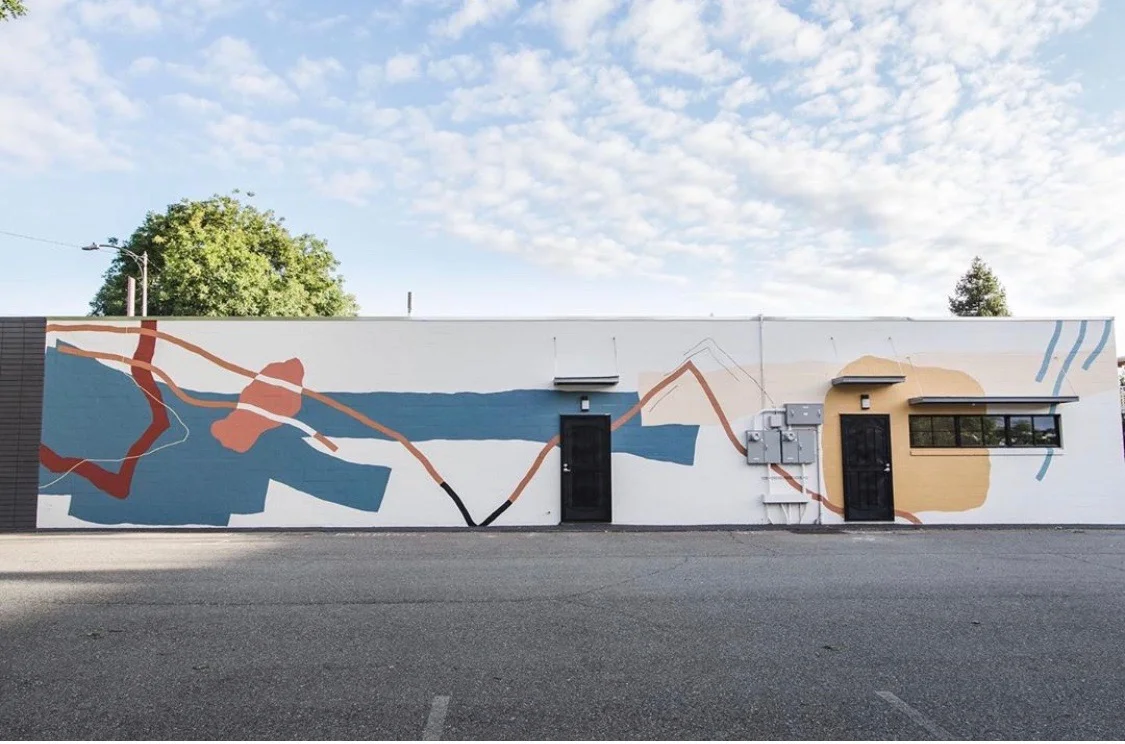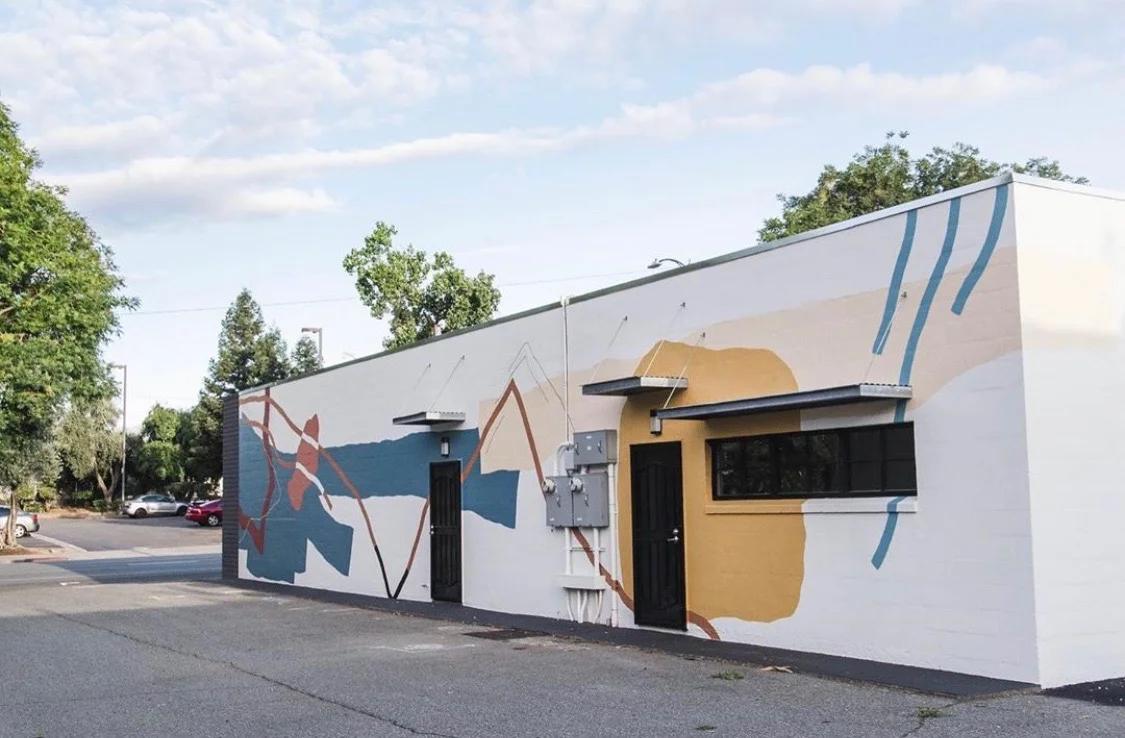Welcome to the world of parking woes, where the cost of finding a spot can sometimes feel like a toll road. But in the charming city of Redding, California, let's take a moment to shed light on the absurdity of charging for parking in the downtown area. In this blog, we'll be taking a lighthearted look at 11 reasons why charging for parking downtown is not only unnecessary but also a total buzzkill.
Parking should be free, just like love. And let's face it, who wouldn't want a little more love in their lives?
It's not fair to charge people for something that's out of their control. After all, it's not like anyone chose to be born in Redding or to live in downtown.
Charging for parking is like a ransom. And who wants to be held hostage by a parking meter?
Free parking is a small token of gratitude for choosing to live, work or visit Redding. And who doesn't love a little gratitude in their lives?
It's not like people have a choice but to park. The city should focus on providing enough spaces instead.
Downtown Redding is not the city's personal piggy bank. Let's not use the parking situation to make a quick buck.
Parking should be a basic human right, like air and water. And we wouldn't charge for those, would we?
People are already paying enough taxes. They shouldn't have to pay even more just to park their car.
It's not like people are parking their private jets. Most people in downtown Redding are just driving basic cars, not Lamborghinis.
Charging for parking is like a penalty for living in the city. And nobody wants to feel punished for just trying to make a living.
Parking should be a joy, not a burden. And a little bit of joy can go a long way in making people's lives a little brighter.























